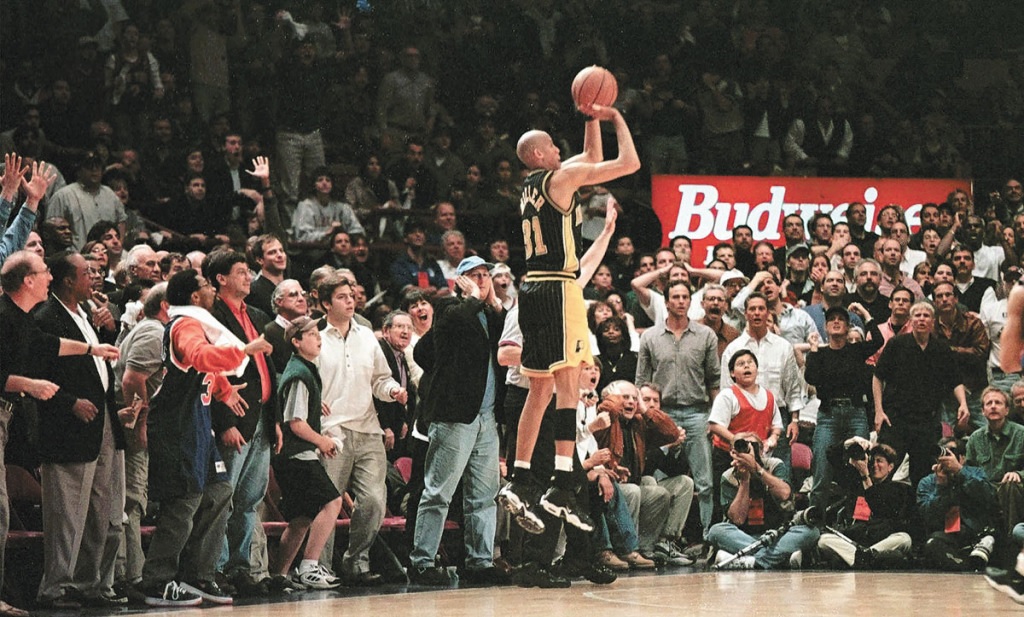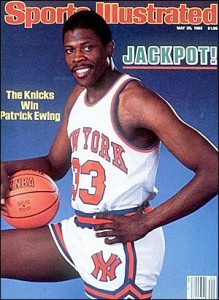The Knicks vs. Pacers: A 1990s NBA Playoff Rivalry for the Ages 49

With the New York Knicks and Indiana Pacers about to meet for the NBA’s Eastern Conference title, NBA fans are excited for the latest installment of a legendary rivalry that captivated fans during the 1990s.
In the pantheon of great NBA rivalries, few matchups were as intense, dramatic, and personal as the New York Knicks vs. Indiana Pacers during the 1990s. From 1993 to 2000, these two Eastern Conference foes clashed in the playoffs six times, creating unforgettable moments, unforgettable villains and heroes, and a storyline that embodied the gritty, physical nature of 1990s basketball.
At the center of the storm was Reggie Miller, the Pacers’ sharpshooting provocateur, and the Madison Square Garden faithful, who loved to hate him. On the other side were the bruising Knicks, led by Patrick Ewing and a cast of enforcers. Every meeting between these teams was a war, often decided by physicality, willpower, and late-game heroics.
The Origins: 1993 Eastern Conference First Round
The rivalry’s spark came in the 1993 Eastern Conference First Round, when the second-seeded Knicks met the seventh-seeded Pacers. At the time, the Knicks were considered legitimate title contenders, while the Pacers were still trying to establish themselves as a postseason threat.
New York, led by head coach Pat Riley, played a bruising, physical style centered on Ewing, Charles Oakley, and John Starks. They swept the Pacers in three games, but the intensity was unmistakable. Though the series was one-sided, it planted the seeds of hatred and set the tone for what would follow.
1994: The Rivalry Erupts
The rivalry exploded into full bloom during the 1994 Eastern Conference Finals. The Knicks were again contenders, while the Pacers, now coached by Larry Brown, had developed into a dangerous team built around Reggie Miller, Dale and Antonio Davis, and veteran point guard Mark Jackson.
The series went the full seven games, but it was Game 5 at Madison Square Garden that defined the rivalry. Reggie Miller scored 25 of his 39 points in the fourth quarter, raining down three-pointers and engaging in a memorable, animated exchange with Knicks superfan Spike Lee. Miller’s theatrical taunts and the iconic “choke” sign aimed at Lee became part of NBA lore.
Read the rest of this entry →